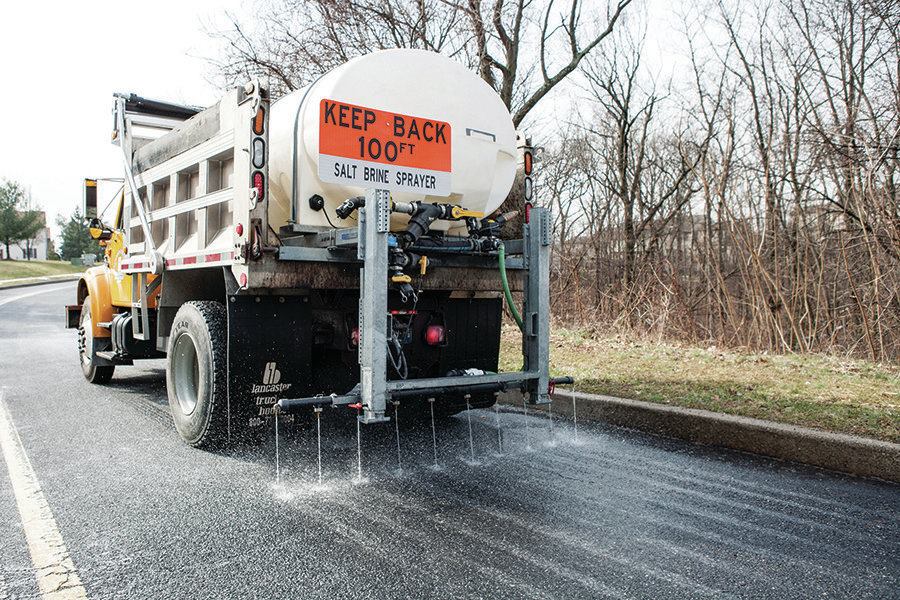Salt Brine: Cheap De-Icing Solution, But It Can Damage Cars
As the days get shorter and our favorite knitwear comes out, one can’t help but ponder over the wintry challenges ahead. Frozen windshields, icy driveways, slippery sidewalks, oh my! Amidst the seasonal shivers, a popular de-icing strategy comes to light, namely Sodium chloride solution. But is it too good to be true? Get comfy and let’s explore the frosty depths of this budget-friendly de-icer and unveil its potential impact on our vehicles.

Icy Onslaught: Tackling The Seasonal Struggle
As we wrap ourselves in fluffy scarves and sip our steaming beverages, we must face the reality that winter brings its set of challenges, including the icy surprises on our driveways and the dreaded frozen windshields. Ice is a force to be reckoned with, and the battle to keep it in check rages on.
A Pocket-friendly Promise
- Cost-effective Chill Chaser: Melting Icy Demons Away
Enter salt brine, a popular de-icing contender, often lauded for its cost-effective prowess in melting away our slippery woes. But what is it, exactly? Well, it is simply a mixture of salt and water, which helps in lowering the freezing temperature of ice, thereby melting it.
- Brine Time: How It Works the Wintry Magic
In a nutshell, the concept is quite simple. When sodium chloride solution is applied to icy surfaces, it creates a layer of briny solution that prevents ice from bonding to the surface. As a result, it becomes easier to remove any stubborn ice or snow, clearing a path for safe sojourns.
Sodium Chloride And Cars: A Bittersweet Relationship
- The Rusty Truth: A Tale Of Corrosion
As cost-effective and seemingly miraculous as sodium chloride solution may be, it carries a darker side when it comes to our vehicles. The mixture of salt and water, known to be an electrolyte, can promote corrosion on metal car parts, particularly in the presence of oxygen.
- Pitted Paintwork: Blemishes Of A Salty Encounter
The threat doesn’t end there. A salt brine in conjunction with road debris and dirt can also pose a risk to your car’s paintwork, leading to chipping, scratches, and a dull-looking surface.
Car-Care Tips: Protecting Your Vehicle
- Clean Machine: The Value of a Squeaky Ride: The good news is, you don’t have to surrender to rust and paint woes right away. There are several preventive measures you can take to minimize the impact of sodium chloride solution on your vehicle. The first step is regular cleaning during the winter season. Ensuring your car is washed frequently with a thorough focus on the undercarriage and wheel wells can keep the corrosion at bay.
- Barrier of Beauty: Waxing Your Way to a Safer Surface: Another easy protective measure is to get your car waxed. Waxing forms an extra layer of protection against sodium chloride solution damage to your paintwork. As the expression goes, “an ounce of prevention is worth a pound of cure!”
We have a large quantity of high-quality sodium chloride for sale at competitive prices. Our sodium chloride is perfect for industrial, agricultural, and commercial use. Contact us for more information and to place your order.

